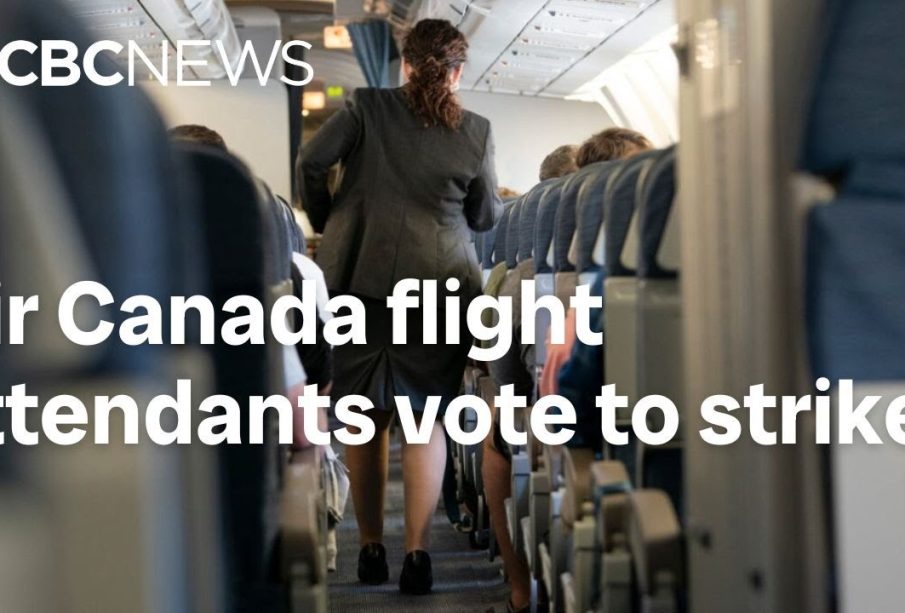Air Canada Flight Attendants Strike: Overview and Implications

Introduction
The recent strike by flight attendants at Air Canada has garnered significant attention, highlighting ongoing labor relations issues within the aviation industry. This strike is particularly important as it not only affects thousands of workers but also has far-reaching implications for air travel, especially in light of the upcoming busy holiday season.
Background of the Strike
On October 10, 2023, flight attendants represented by the Canadian Union of Public Employees (CUPE) initiated a strike action after failing to reach an agreement with Air Canada management over key issues including wages, work conditions, and job security. The discussions have been ongoing for several months, but disputes have intensified, leading to the walkout. CUPE has stated that flight attendants are seeking to secure fair compensation and improved working conditions that reflect their vital role in ensuring passenger safety and service while flying.
Current Situation and Impact on Travel
As a result of the strike, Air Canada’s flight schedules have been significantly disrupted. Major airports across Canada are experiencing cancellations and delays, leaving many travelers stranded or forced to seek alternative transportation. According to Air Canada, approximately 25% of its scheduled flights were affected on the first day of the strike, with estimates suggesting that tens of thousands of passengers could be impacted throughout the course of the labor action.
Air Canada has brought in management employees to help mitigate the disruptions, but the airline has urged passengers to check their flight status and consider alternative travel arrangements if their flights are affected. Travelers are advised to stay updated with Air Canada’s official communication channels to prevent unforeseen inconveniences.
Future Outlook and Significance
This strike is a pivotal moment for labor rights within the airline industry, as it sheds light on the balance of power between large carriers and their employees. Labor analysts suggest that the outcome of these negotiations could set a precedent for other airlines facing similar labor disputes in the future. As aviation recovery continues post-pandemic, the resolution of this strike might influence not only Air Canada’s operational strategies but also improve conditions for workers across the industry.
In conclusion, the ongoing Air Canada flight attendants strike highlights critical issues affecting labor relations, operational management, and customer service in air travel. Stakeholders, including both passengers and management, will be closely watching the developments, as the resolution could herald significant changes in airline labor policies nationwide.









